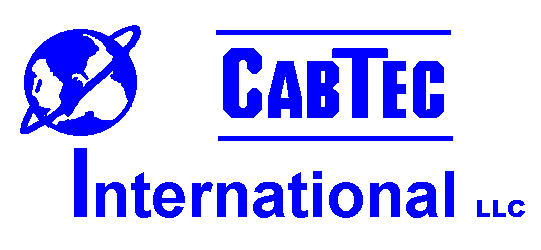
|
|
|
This page describes the major differences between RDH and DDS. [中文] DDS versus RDHThe DDS cooking system is an enhanced design of the RDH cooking system. The modifications create more stable temperatures and residue chemicals in the tank farm, less channeling in the digester, and more efficient pulp discharge to ensure lower kappa variation, more consistent production rates, and highly automated cooking operations with minimum operator intervention. This superior design has addressed these performance concerns by better piping configurations, better heat exchanger design and most importantly, through the use of modern process control techniques (Advanced Process Control). Tank Farm TemperaturesThe DDS tank farm produces a higher temperature accumulators with better temperature segregation. The higher temperatures at the beginning of the cooking cycle remove and strip out of the digester substantial amounts of byproducts to allow for a lower alkali charge later in the cooking cycle which thereby producing less fiber damage. This is also the reason that the DDS is able to cook bamboo with other woods and produce quality fiber.
Proprietary Advanced Process Control
Piping Techniques
|
|
This site was written, designed, programmed and uploaded by CabTec International llc who takes no responsibility for any inaccuracies, despite their best efforts to minimize errors and omissions. This site is protect by copyright. © Copyright CabTec International llc 2003 Last modified: 03 Sep 2014 |